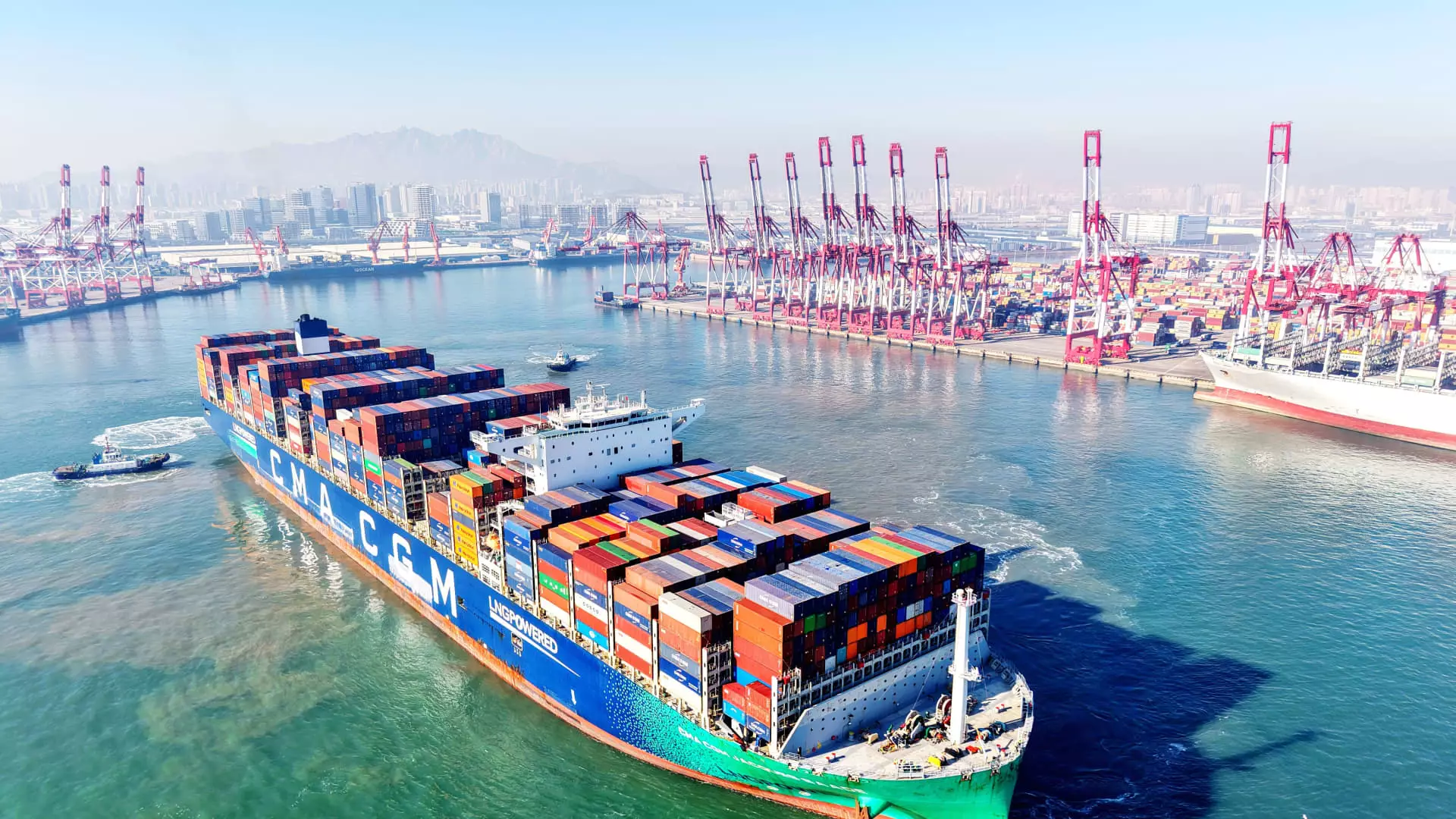As the Chinese economy navigates the complexities of international trade tensions and potential tariffs, market analysts are closely monitoring the implications for domestic investment opportunities. Citigroup’s recent insights shed light on how lower bond yields, particularly for government securities, have directed attention toward high-yield stocks in mainland China. Notably, these shifts occur within an environment characterized by expectations of increased government intervention to stimulate economic growth amidst international uncertainty.
The persistent decline in the yield on China’s 10-year government bonds, which recently hit a record low of approximately 1.58%, highlights a broader trend influencing investor sentiment. The People’s Bank of China’s decision to halt government bond purchases signals a shift in monetary policy that investors must consider as they evaluate their portfolios.
Citi analysts project further reductions in the government bond yield, forecasting a possible interest rate cut of 50 basis points and a decrease in the required reserve ratio by 100 basis points. Such adjustments are aimed at injecting liquidity into the economy and making high-yield investments more appealing. With the government bond yield hovering around 1.64% recently, the comparative attractiveness of equities, particularly those yielding between 4% and 6%, is clear.
Investment in high-yield stocks has historically drawn long-term investors, especially amid scenarios of sluggish economic growth and diminished bond yields. As traditional fixed-income investments yield historically low returns, equities with higher payouts become increasingly enticing. Specifically, stocks such as Yutong Bus, Gree Electric Appliances, and Ping An Bank are cited as prime candidates for yield-seeking investors looking for more resilient options.
However, it is crucial to recognize that high dividend yields are not guaranteed and can be significantly affected by external variables, including fluctuations in commodity prices. The recent rhetoric surrounding tariffs introduced by the U.S. threatens to create an environment of volatility that could, in turn, impact these high-yield investments. Predictions suggest that tariffs could escalate, potentially reaching up to 15 percentage points, which could adversely affect China’s export levels by an estimated 6% and GDP growth by 1%.
Moreover, the expectation of impending tariffs, particularly under the Biden administration, introduces additional stress into the economic calculus. The immediate reactions of the stock market are often knee-jerk, with the Hang Seng Index experiencing significant declines over recent weeks. Yet, mainland stocks have shown a somewhat resilient response, attributed mainly to looser monetary policy and favorable bond dynamics.
As stakeholders assess the ramifications of tariffs on economic growth, Chinese officials remain steadfast in their aim to maintain stable growth despite external pressures. This commitment raises questions about the effectiveness of monetary policies and fiscal measures designed to stimulate economic performance.
Recent GDP figures reveal a growth rate of 5% for 2024, aligning with governmental goals. However, when adjusted for inflation and other economic pressures, the growth rate reflects a modest expansion of only 4.2%. This discrepancy emphasizes the uphill battle policymakers face in combating deflationary trends.
As preparations for the upcoming parliamentary meeting in March unfold, analysts anticipate a commitment to increasing the fiscal deficit paired with additional stimulus initiatives. These moves are essential to support an economy already reeling from potential trade disruptions and healing the wounds inflicted by prolonged deflation.
The landscape for high-yield investments in China’s mainland stocks presents both compelling opportunities and significant challenges. While low bond yields make equities more attractive, the specter of rising tariffs complicates the investment narrative. Investors should approach with caution, mindful of the broader economic implications, governmental policies, and the intricate balance required to achieve sustained economic growth. As market dynamics shift, the strategic allocation toward high-yield stocks in China remains a critical consideration for long-term investment success.

